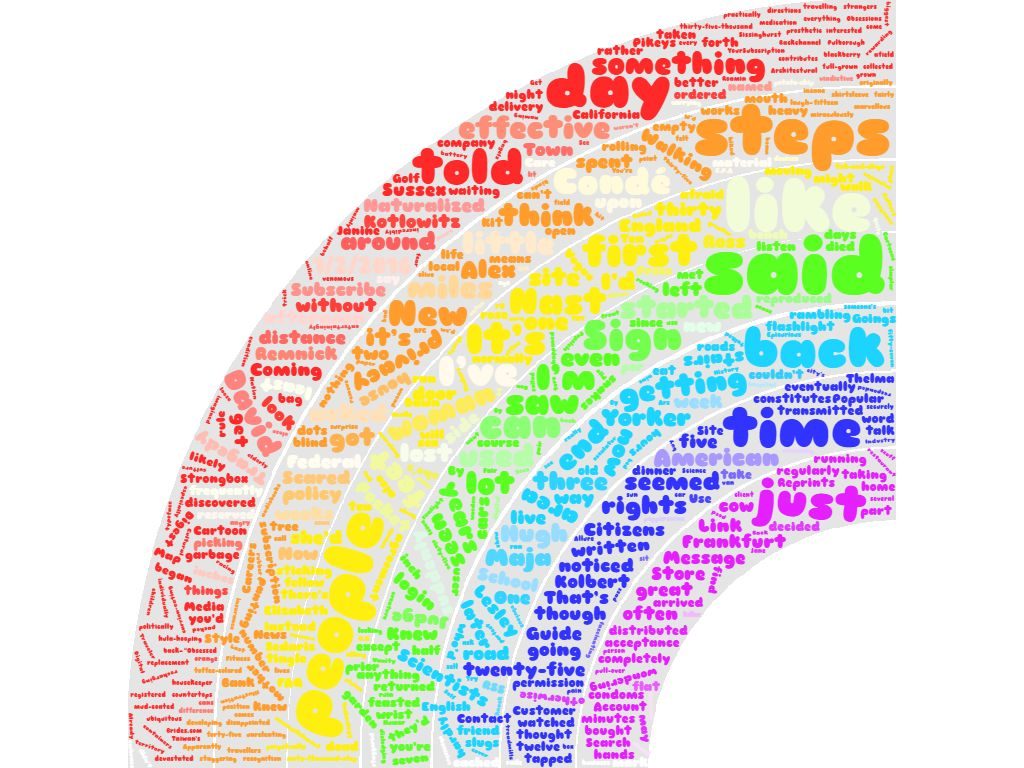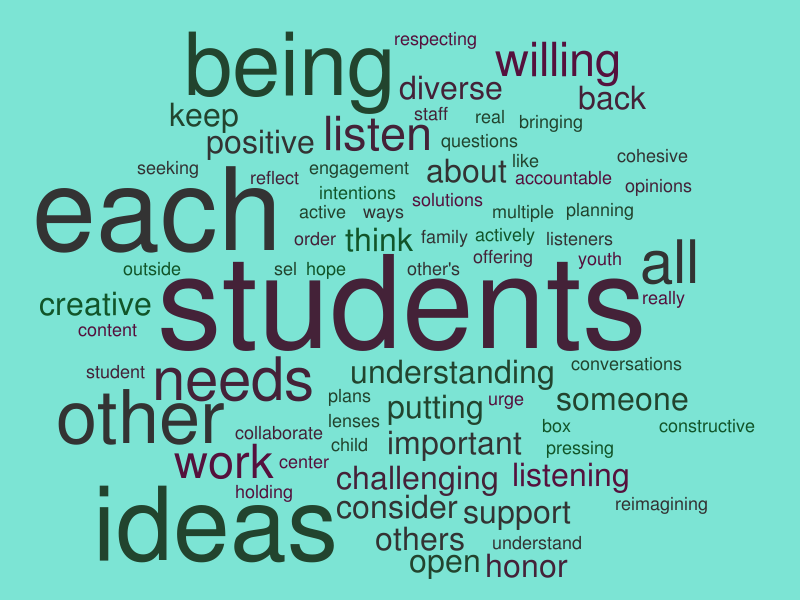
Ideally, the most recurring words are the keywords you should consider depending on their performance. All you need is to copy all the textual information from their websites and visualize it using a Word Cloud Chart. One of the smartest ways of using a Word Cloud maker is spying on the SEO game of your competitors. You’ll be surprised by the high-level insights you’ll uncover using this cutting-edge visualization.

Next time you’re conducting a survey to create a data story, use a Word Cloud Chart as a Survey Chart. Recurring negative opinions and sentiments associated with your brand are a bad sign.īesides, this is a cue that you need to take action before things get out of hand.

In other words, it’s one of the quickest ways of getting high-level insights from survey results.įor instance, you can use this chart to visualize the words that your target market uses to describe your brand. You can use a Word Cloud maker to visualize the recurring words from survey data. Keep reading because we’ll address the following question: when should you use a Word Cloud creator? When Should You Use a Word Cloud Creator? Also, you can use it to communicate the most salient points or themes in the reporting stage. You can use the chart to perform exploratory textual analysis by identifying words that frequently appear in a set of interviews, documents, or other texts. The larger the word, the higher its frequency. More so, it gives greater prominence to words that appear more frequently in a source text. The visualization design is made up of words depicted in different sizes.
WORD CLOUD GENERATOR DOESNT JUMBLE WORDS HOW TO

You don’t have to do away with Google Sheets. The other readily available option is to purchase a Word Cloud application. So how can you access a Word Cloud maker? This is where a Word Cloud maker comes in.Ī Word Cloud maker uses simple text analysis to help you visualize and summarize qualitative data, such as customer feedback. It would help if you had a tool that could scan through the qualitative data for low-hanging insights. You can easily get overwhelmed, especially if the data is complex and bulky.


 0 kommentar(er)
0 kommentar(er)
